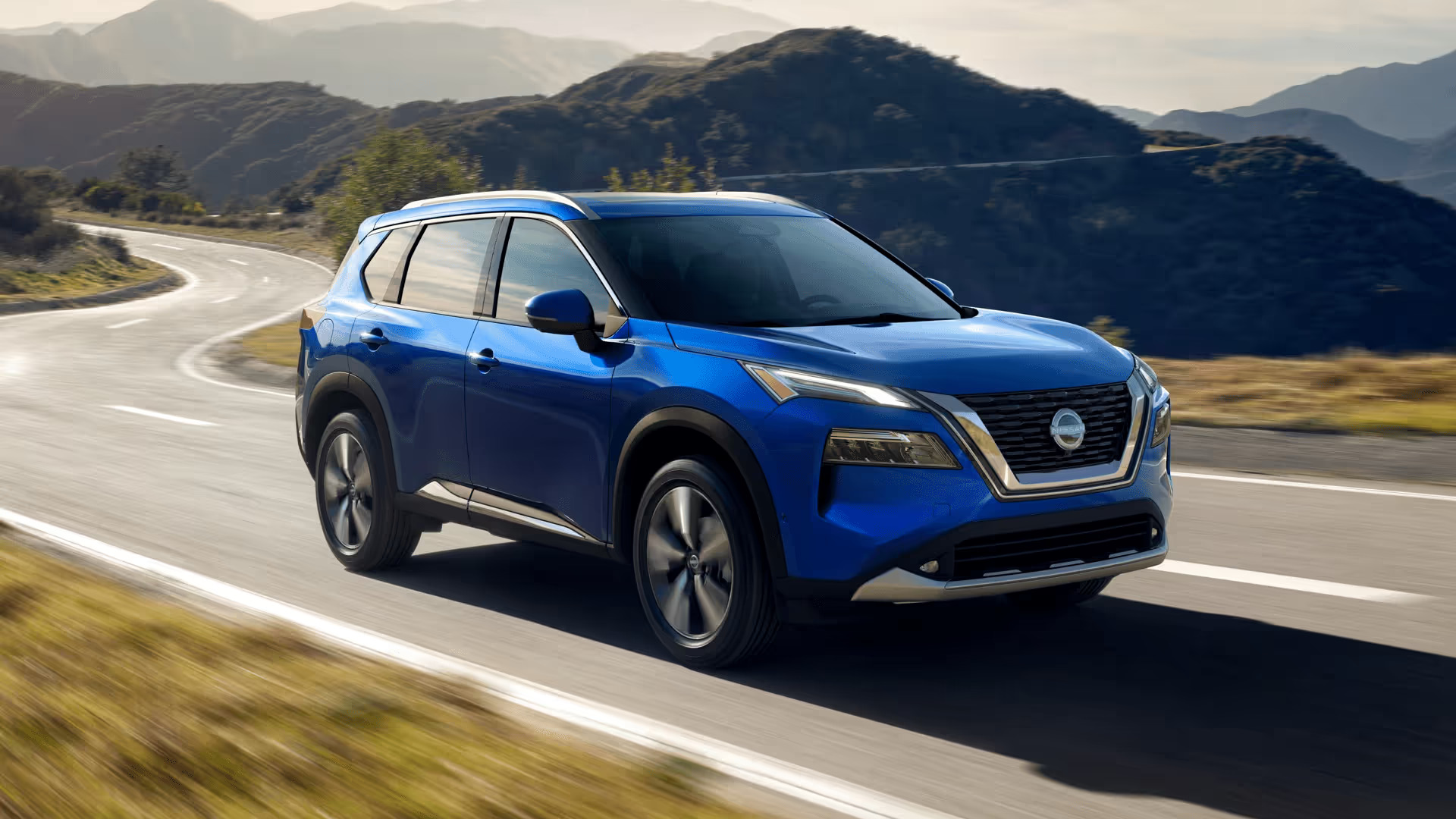In the digital age of driving, in-car navigation systems have evolved far beyond simple maps. Modern vehicles now offer real-time traffic data, intuitive voice commands, predictive routing, and seamless smartphone integration.
Yet, not all navigation systems are created equal. Some operate flawlessly—guiding drivers with crisp visuals, instant recalculations, and lag-free performance—while others are frustratingly prone to system crashes, input lag, frozen maps, or even complete shutdowns mid-route.
As drivers become more dependent on in-dash navigation for commutes, long trips, and traffic avoidance, the performance of these systems has become a critical part of the ownership experience.
A good navigation system enhances confidence behind the wheel. A bad one adds stress, distraction, and a reliance on backup apps.
In this two-part comparison, we’ll explore five cars with some of the most reliable, user-friendly built-in navigation systems—the ones that work effortlessly, update quickly, and rarely miss a beat.
Then, we’ll turn to the other side of the map: five vehicles where navigation systems are known for freezing, crashing, or just refusing to cooperate when needed most.
Whether you’re a tech enthusiast or a practical commuter, understanding which systems work—and which make you want to scream—is key before your next drive or vehicle purchase.
Also Read: 5 SUVs That Stop Running When Hotwired and 5 That Are Too Easy to Steal
5 Cars With Functional Navigation
A car’s built-in navigation system has become far more than a digital map—it’s now a core component of the driving experience.
Whether you’re navigating urban mazes, plotting a long road trip, or just finding the nearest fuel station, the in-dash navigation system can either be your greatest asset or your biggest annoyance. When it works well, it not only saves time but also reduces stress and distractions.
The best systems go beyond route guidance. They offer real-time traffic updates, voice-activated commands that actually understand what you’re saying, and high-resolution displays that update instantly when you deviate from a route.
Seamless smartphone integration like Apple CarPlay and Android Auto is great, but having a native navigation platform that performs independently—especially when mobile signals drop—is a major advantage. These systems become a true co-pilot, able to operate without fiddling with your phone.
This part of the feature focuses on five vehicles whose navigation systems are genuinely reliable—built for real-world driving, not just showroom demos.
These aren’t just premium luxury cars either; they include models across different segments that have managed to get navigation right. Fast startups, smooth UI, timely reroutes, clear visual guidance, and voice command reliability are key standards we used in selecting these.
We’re writing about this because, increasingly, buyers are discovering that flashy screens don’t guarantee a usable system.
With automakers stuffing more features into infotainment units, many overlook the importance of a solid, stable navigation core. The cars in this list avoid that mistake and prove that navigation tech, when done well, enhances every mile of the drive.
1. Hyundai Palisade
The Hyundai Palisade has become one of the most talked-about midsize SUVs in recent years, thanks to its upscale design, spacious interior, and generous tech features.
But among its standout elements is its exceptionally well-executed navigation system—a feature that many buyers only truly appreciate once they’re on the road and trying to get somewhere fast, efficiently, and without frustration.
At the heart of the Palisade’s navigation experience is its 12.3-inch high-resolution touchscreen, which feels more like a premium tablet than a traditional car screen. The maps are crisp, colorful, and easy to read, even at a glance.
The user interface is intuitive and quick to respond, with swipe and pinch-to-zoom features that feel natural. Route calculations and rerouting happen almost instantly, and the system rarely lags or stutters—even in dense urban areas.
Another key strength is the voice-command functionality. Unlike many systems that struggle to understand real-world speech patterns, the Palisade’s voice assistant accurately interprets destination inputs and simple commands.
This reduces the need for manual input while driving and adds to safety and convenience. Hyundai’s navigation also integrates real-time traffic data and allows for alternate routing when congestion is detected—without needing to rely entirely on smartphone apps.
What’s even more impressive is that the system works well independently of phone-based tools like Android Auto and Apple CarPlay.
While those options are available and popular, Hyundai’s native navigation holds its own with detailed local information, points of interest, and on-screen turn-by-turn instructions that can even display within the digital instrument cluster.
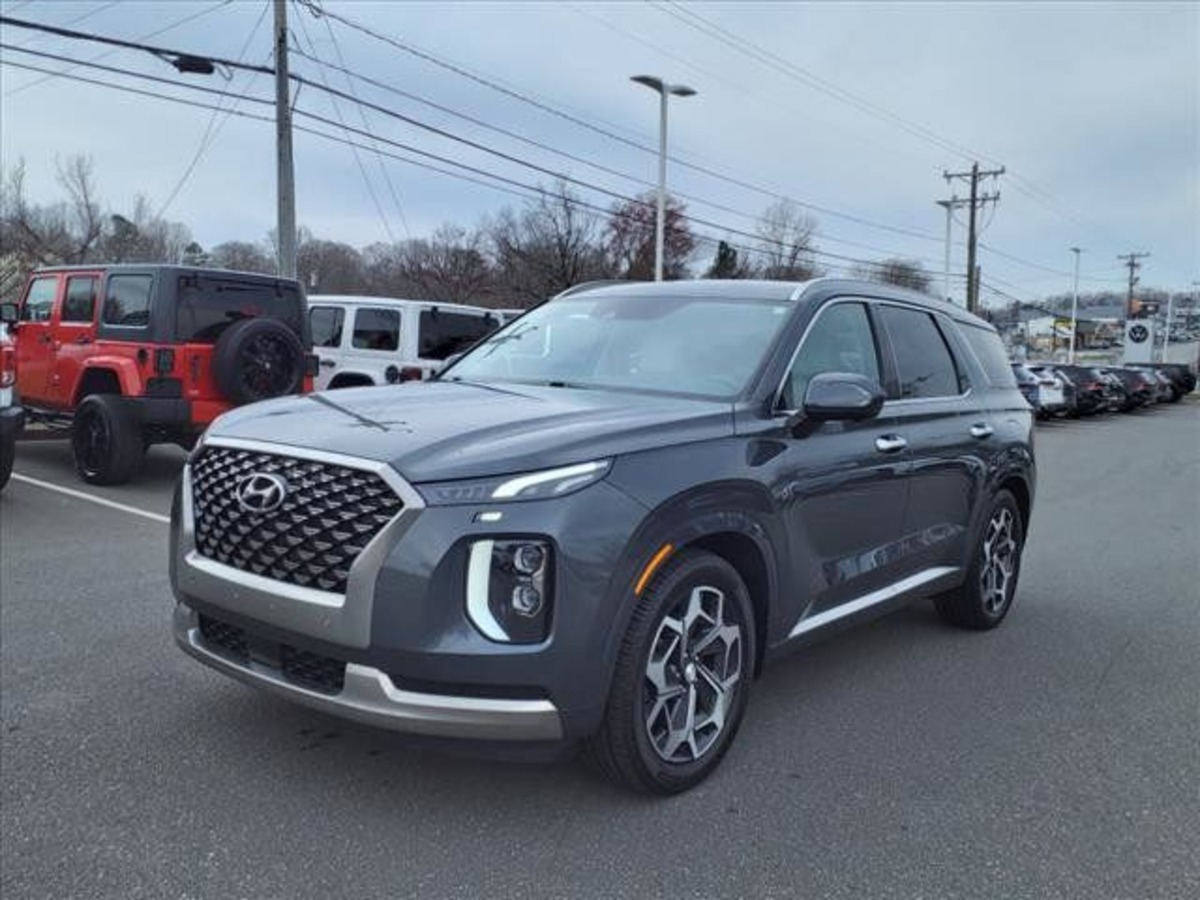
For longer trips, the Palisade offers predictive routing and fuel range guidance, helping plan fuel stops and estimated arrival times accurately. This is especially valuable in rural or unfamiliar areas where gas stations and rest stops may be sparse.
In a segment where even expensive competitors sometimes rely on clunky or outdated infotainment systems, Hyundai stands out by delivering a navigation experience that’s as refined as the rest of the Palisade.
Whether you’re commuting to work or taking the family cross-country, the system supports you confidently—with zero app crashes, minimal delay, and consistently reliable performance.
2. BMW X5
The BMW X5 is often celebrated for its balance of performance, luxury, and advanced technology—and its navigation system exemplifies just how well BMW blends those traits.
While many high-end vehicles overcomplicate their infotainment systems with layers of features that get in the way of basic usability, the X5 strikes a rare balance: intuitive controls, elegant visuals, and rock-solid reliability.
At the center of the system is BMW’s iDrive 8 interface, viewed through a stunning 14.9-inch curved central touchscreen paired with a 12.3-inch digital gauge cluster.
The maps look clean, professional, and detailed, with real-time traffic overlays and fast-rendering zoom levels that adjust automatically as you drive.
Users can input destinations using touch, voice, rotary dial, or even handwriting recognition on the iDrive controller—each method works fluidly and without lag.
Where the X5’s navigation really shines is integration and precision. The system combines GPS data with real-time traffic, elevation changes, weather updates, and predictive routing to deliver impressively accurate ETA estimates and route options.
The X5 is also equipped with augmented reality navigation in some trims, which overlays turn-by-turn directions onto a live camera view in the instrument cluster—especially helpful in complex intersections or unfamiliar cities.
BMW’s voice assistant has improved drastically over the years and now handles navigation commands accurately and efficiently, even with natural phrasing like “Find the nearest parking garage” or “Take me to an EV charger.” It rarely fumbles or needs repetition, offering a hands-free, distraction-free experience.
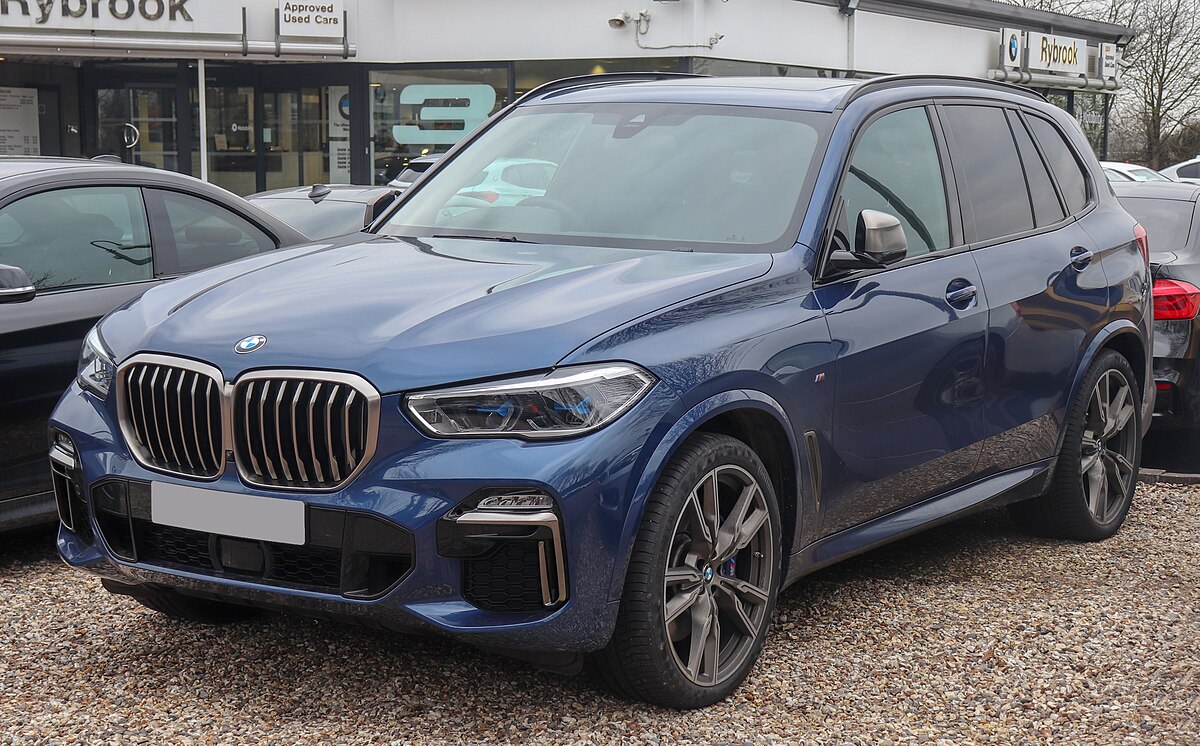
In addition to its own robust system, the X5 supports wireless Apple CarPlay and Android Auto, so drivers have flexibility. But truthfully, the native system is so well-crafted that many drivers won’t feel the need to default to Google Maps or Waze.
Finally, unlike some luxury vehicles where infotainment updates lag behind, BMW routinely rolls out over-the-air software updates, ensuring the system evolves and improves long after the vehicle leaves the showroom. That commitment to long-term tech support makes a big difference.
For those who demand performance not just from the drivetrain but from their tech, the BMW X5 delivers a navigation system as refined and responsive as its legendary chassis.
3. Toyota Highlander
The Toyota Highlander has long been known for its family-friendly practicality, safety, and bulletproof reliability.
But in recent years, it has also stepped up its game in terms of infotainment and in-car tech—especially with the introduction of Toyota’s Audio Multimedia system, which significantly upgraded the navigation experience.
In models from 2022 onward, the built-in navigation finally meets the expectations of modern drivers who want a stable, user-friendly, and responsive system.
What sets the Highlander’s system apart isn’t just the size of the screen—up to 12.3 inches in higher trims—it’s how consistently and smoothly the system performs.
Map rendering is quick, transitions are fluid, and there’s little to no input lag, even when pinch-zooming or scrolling through routes. The interface is straightforward, avoiding the cluttered layout of many competitors, and displays just the right amount of detail at a glance.
Toyota’s native navigation is powered by cloud-based updates, so traffic, road closures, and map accuracy are continuously refreshed. It doesn’t rely on the user to plug in a phone or subscribe to additional services—everything works right out of the gate.
This is particularly helpful for drivers who aren’t interested in pairing their phones but still expect accurate directions, fast rerouting, and location search functions that work offline.
Voice command functionality has also been upgraded significantly. Phrases like “Take me to the nearest hospital” or “Find a restaurant with outdoor seating” are now understood with ease.
Even with mild accents or background noise, the system handles natural language well, offering spoken turn-by-turn directions with appropriate timing and clarity.
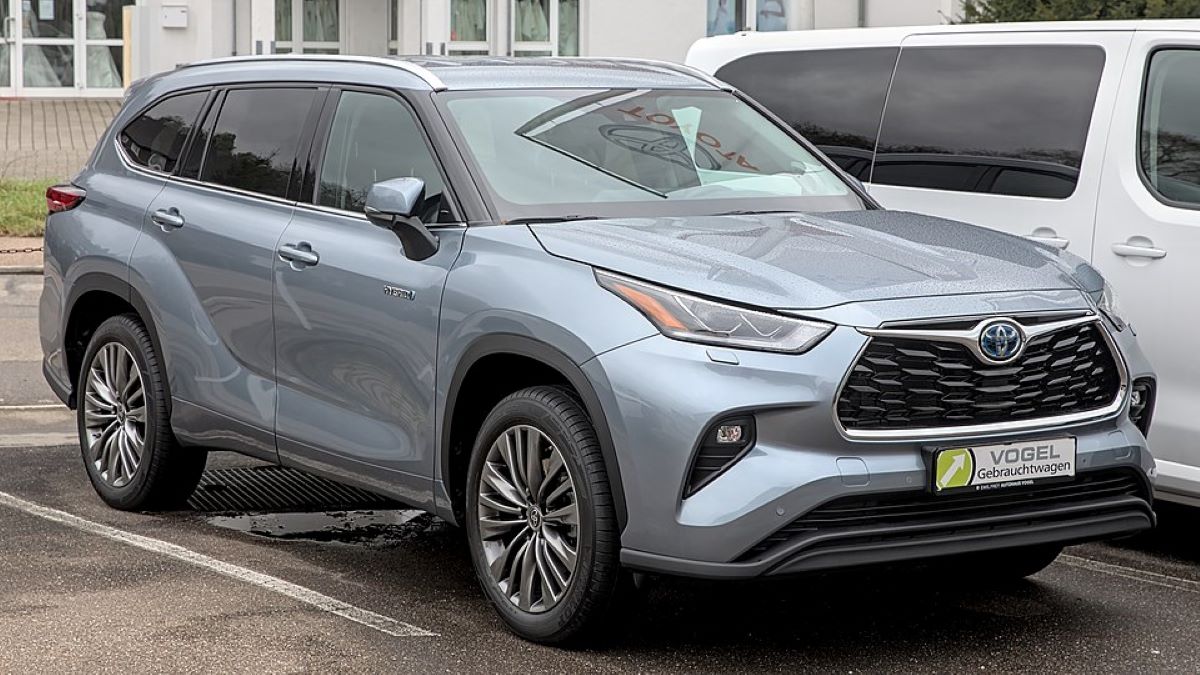
Toyota also includes predictive routing, fuel stop suggestions based on range, and a smart search feature that helps users find points of interest nearby or en route. The system seamlessly integrates with the car’s driver display, showing turns and alerts right in the line of sight.
While Toyota still offers Apple CarPlay and Android Auto—now wireless in newer Highlander trims—the built-in navigation system performs so reliably that many drivers will find it fully sufficient for daily use and long drives alike.
In a world where infotainment bugs and sluggish interfaces are all too common, the Highlander proves that simplicity and reliability can still shine—and guide you home without a hitch.
4. Honda Accord
The Honda Accord has always been a go-to midsize sedan for those seeking reliability, comfort, and strong value.
But in its latest iterations, especially the 2023 and newer models, Honda has added another feather to the Accord’s cap: a surprisingly capable and functional built-in navigation system.
It may not have the flashy tech of luxury rivals, but what it offers is consistency, speed, and a clean, efficient user experience that rivals some high-end setups.
The 12.3-inch touchscreen on higher trims is crisp and responsive. Maps load almost instantly, and the interface feels fluid, not sluggish or bogged down by excessive menus.
The built-in GPS does a stellar job holding signal even in areas with poor cellular reception, making it great for road trips through rural zones. It works offline, and routing is quick—even when you make sudden course changes.
Honda’s navigation UI focuses on clarity and legibility, using bold colors, large labels, and clean road graphics.
The turn-by-turn guidance is shown both on the center screen and in the digital instrument cluster, minimizing eye movement. Spoken directions are clear, well-timed, and non-intrusive, making them easy to follow without being annoying.
Where the Accord really shines is in its hybrid usability. It offers seamless Android Auto and Apple CarPlay—wirelessly on most trims—but even when drivers opt for the native system, it performs without crashing or freezing.
Many rivals prioritize phone integration to the point of neglecting their onboard systems, but Honda ensures both options feel equally polished and reliable.
Voice recognition is simple but effective. While it doesn’t have deep AI smarts, it handles direct commands like “Navigate to 456 Main Street” or “Find nearest bank” efficiently.
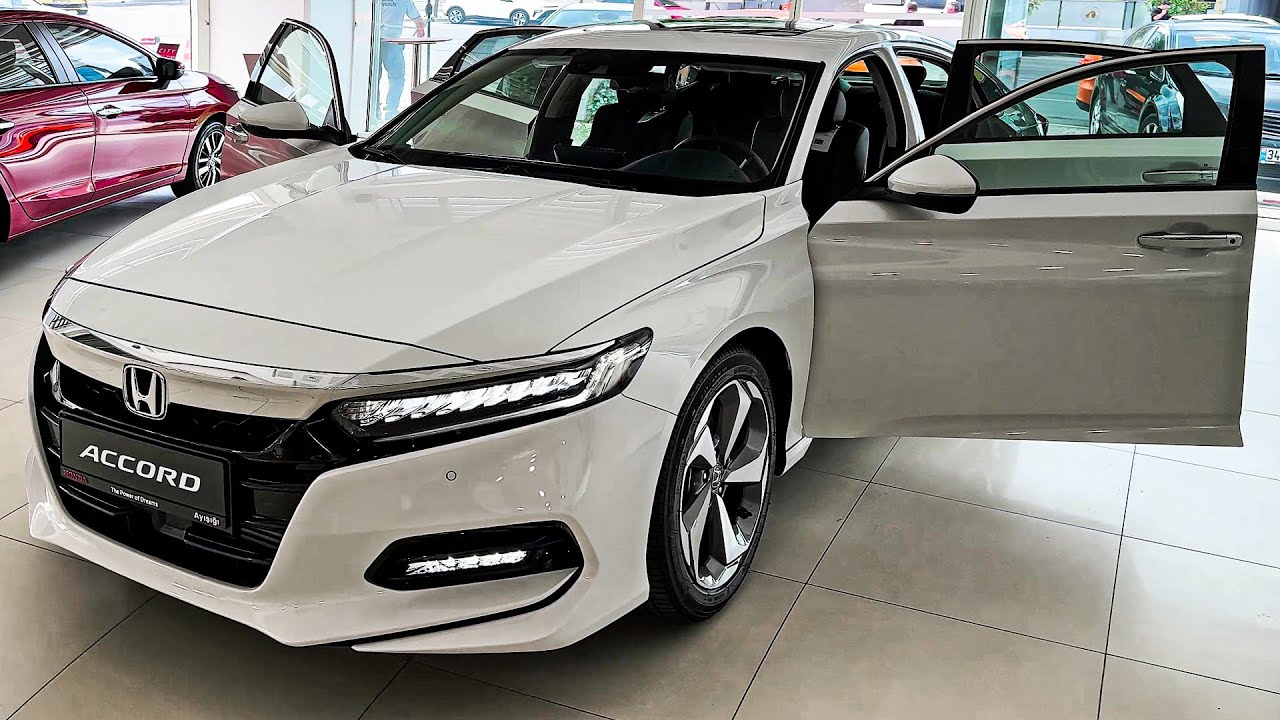
The destination search tool is fast, offers suggested locations as you type or speak, and even gives real-time traffic-based ETA estimates with minimal lag.
Unlike some systems that require monthly subscriptions for live updates, Honda provides over-the-air map and software updates at no extra cost, keeping your routes accurate and system fresh.
For a car that doesn’t scream “tech leader,” the Honda Accord quietly delivers one of the most dependable and easy-to-use navigation systems in its class—an ideal match for drivers who value focus, function, and simplicity on every drive.
5. Audi Q7 – Luxury Navigation That Feels Effortless
The Audi Q7 blends performance, comfort, and style in a premium three-row SUV—but its MMI Navigation Plus system deserves special recognition.
Audi has quietly developed one of the most sophisticated and fluid navigation experiences on the market. In the Q7, that system feels as though it was designed with both everyday commuters and tech-savvy drivers in mind.
At the core of the experience is the dual-screen MMI Touch Response system, featuring a vibrant 10.1-inch upper display and an 8.6-inch lower screen for climate and input. Navigation takes full advantage of this layout.
The maps are powered by Google Earth imagery, providing a stunning level of detail, depth, and realism. Whether you’re navigating urban sprawl or rural routes, the topography, landmarks, and street-level information are crystal clear and easy to interpret.
One standout feature is the Virtual Cockpit—Audi’s fully digital gauge cluster that transforms into a full-width navigation display with one button press.
This puts your route and directions directly in your line of sight, minimizing distraction and maximizing usability. It’s especially helpful during high-speed or complex highway interchanges, where split-second decisions matter.
The system also includes real-time traffic updates, predictive routing, weather overlays, and route learning based on your driving patterns.
The interface is smooth, quick to respond, and features haptic feedback when using touch commands—providing a tactile sense of control without ever needing to glance at the screen too long.
Voice input is handled by Audi’s natural language system, which understands conversational speech and location requests effortlessly.
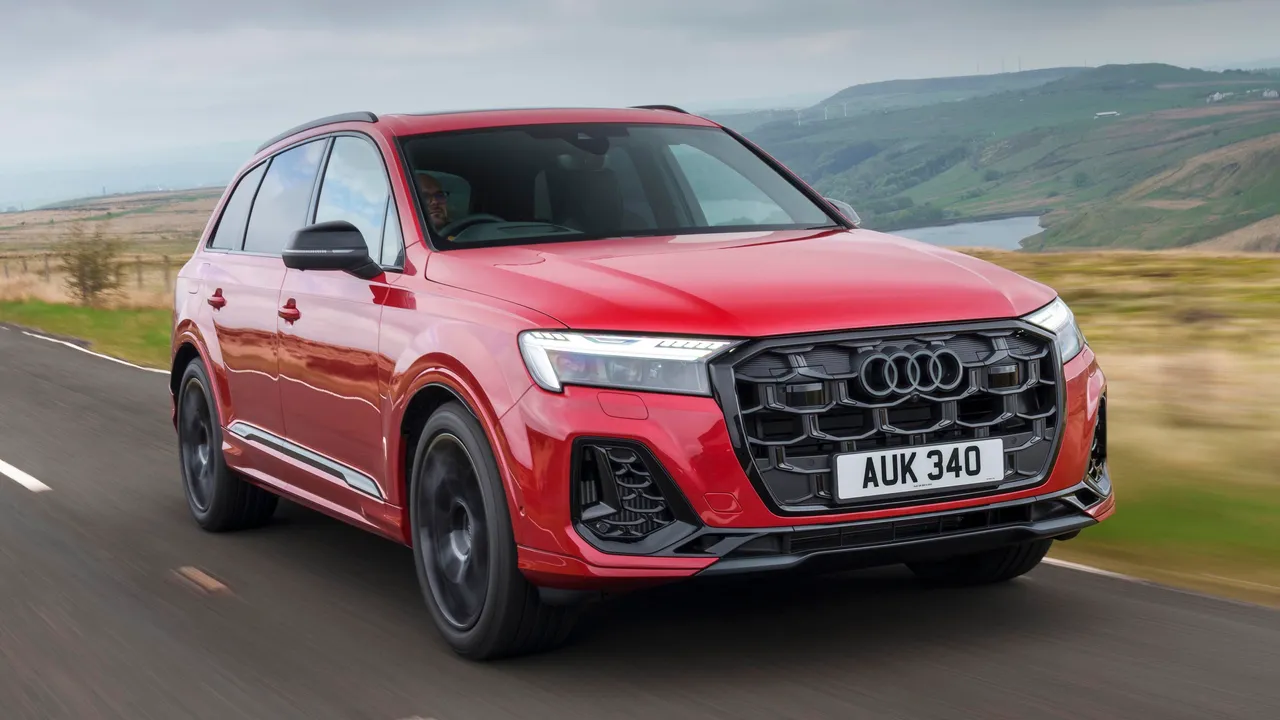
Say, “I need directions to a 24-hour pharmacy,” and it’ll immediately locate nearby options, check hours, and route you there with minimal fuss. It’s fast, reliable, and impressively smart.
Audi doesn’t cut corners on connectivity either. Wireless Apple CarPlay and Android Auto are standard, but many Q7 owners find themselves sticking with the native system because it’s just that refined. Over-the-air updates ensure maps stay current, and the intuitive interface is easy to grasp—even for tech novices.
In a world where luxury doesn’t always mean usable, the Audi Q7 delivers a navigation system that feels as premium as the rest of the car. It’s fast, beautiful, and built for real-world use.
5 Cars That Constantly Crash
While navigation systems are supposed to make driving more efficient and less stressful, some vehicles turn this promise into a persistent headache.
There’s nothing more frustrating than watching your screen freeze right before a complex turn, having your route abruptly disappear in traffic, or trying to re-enter a destination three times because the system keeps restarting itself.
Unfortunately, some vehicles on the road today—despite being new, expensive, or feature-loaded—continue to suffer from buggy, unstable navigation software that lets drivers down at the worst moments.
In this section, we focus on five vehicles where navigation feels more like a gamble than a dependable tool. These cars frequently suffer from software crashes, slow loading times, inaccurate GPS positioning, and poor user interface design.
In some cases, updates are few and far between, and in others, even brand-new models exhibit persistent issues out of the box.
We’ve seen systems that force users to restart the entire car to regain functionality, or require repeated dealer visits to fix glitches that should never have existed.
We’re writing about this because navigation reliability has become essential, not optional. It’s a safety issue as much as it is one of convenience.
With more drivers relying on onboard systems instead of external phones—especially in rural areas or zones with poor cell coverage—navigation failures can cause real stress, lost time, and even unsafe decisions.
From poorly optimized software to low-grade hardware and ineffective voice recognition, the issues covered here are unfortunately real, and affect thousands of drivers every day.
Our goal isn’t to shame these vehicles, but to help buyers make more informed decisions—and to encourage automakers to treat their navigation platforms with the same seriousness as their engines and brakes.
1. Jeep Grand Cherokee
The Jeep Grand Cherokee has long been a favorite for drivers who want a blend of rugged capability and family-oriented utility.
But while its mechanical durability is widely praised, the Uconnect 5 navigation system in recent models has raised serious concerns—particularly for those expecting seamless, modern in-car technology.
What should be a helpful and intuitive interface often turns into a frustrating and unreliable experience, especially when it comes to navigation.
Owners frequently report that the navigation system crashes intermittently, sometimes requiring a full reboot of the infotainment system—or worse, the entire vehicle—to restore functionality. The system may suddenly freeze mid-route, fail to load the map entirely, or disconnect GPS signals without warning.
Even when it does work, it often lags severely during route calculation or when trying to pan and zoom the map. This isn’t just an inconvenience—it becomes a safety issue when drivers are forced to look down, fiddle with buttons, or pull over to recover from a frozen screen.
The voice-guided directions are also prone to bugs, with reports of the assistant misinterpreting basic commands or completely failing to register them.
Attempting to input an address manually doesn’t guarantee a better outcome, as keyboard lag and random system restarts make the process unnecessarily long and error-prone.
Although Jeep includes wireless Apple CarPlay and Android Auto as standard, many users still depend on the built-in navigation for off-road travel or areas with spotty cell service.
Unfortunately, it’s precisely in these conditions where the system is least reliable. GPS loss, crashing apps, and outdated routing software all add up to a system that feels more like a liability than a feature.
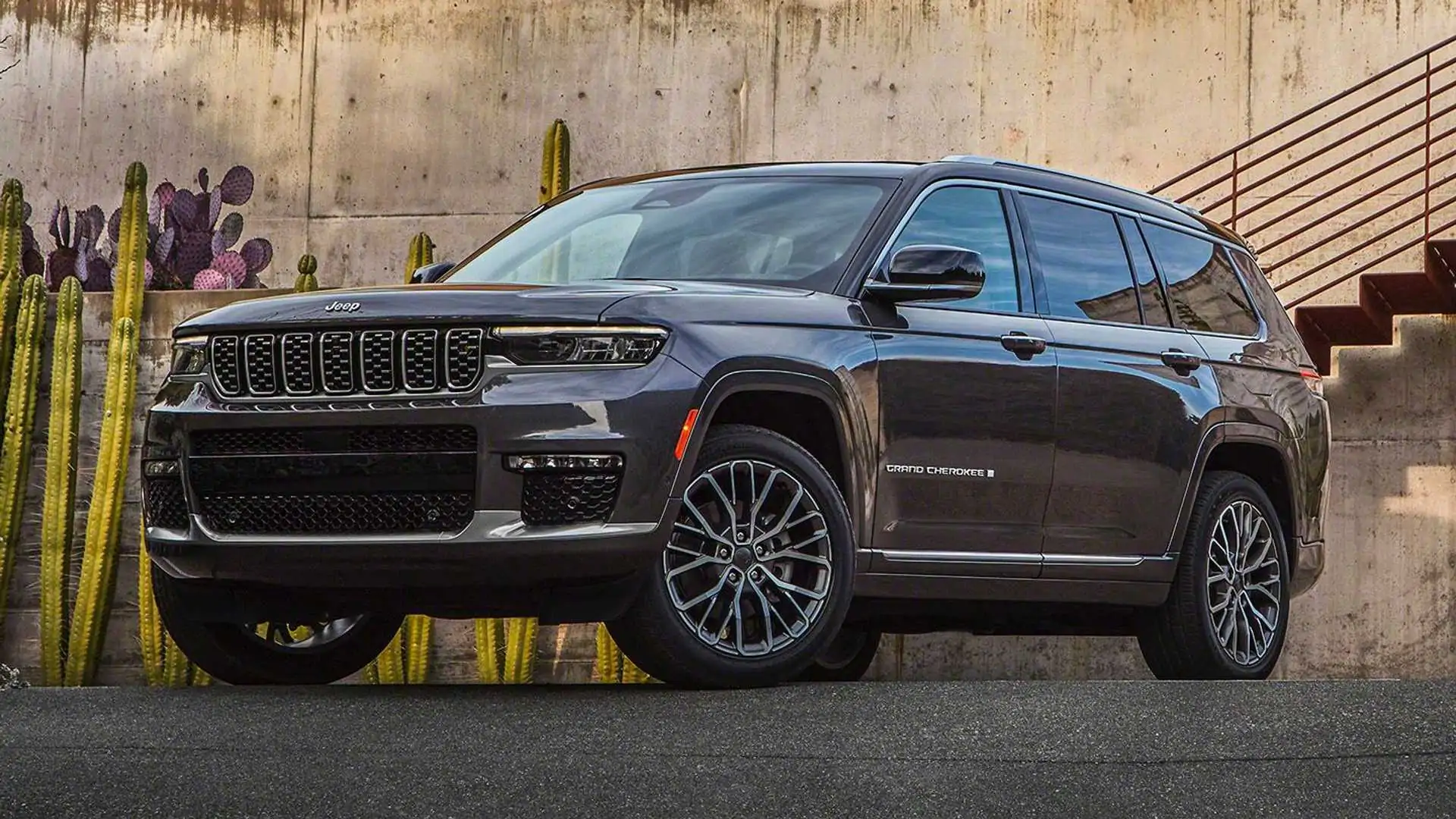
To make matters worse, software updates are irregular, and while Jeep has issued some patches for stability improvements, many problems persist across model years.
Even dealers often struggle to diagnose the source of these bugs, leaving customers stuck with a glitch-prone system in an otherwise capable vehicle.
For a brand that prides itself on go-anywhere confidence, the Grand Cherokee’s navigation system undermines that promise—leaving drivers not just lost in the woods, but stuck staring at a loading screen wondering why their $50,000 SUV can’t manage a simple turn-by-turn.
2. Nissan Rogue
The Nissan Rogue has made a name for itself as a practical and stylish crossover, offering great fuel efficiency, modern design, and a comfortable ride.
But beneath its appealing exterior lies one of its most nagging weaknesses: an unreliable and glitch-prone navigation system that can quickly turn a calm drive into a tech-induced ordeal.
The problem starts with Nissan’s NissanConnect infotainment system, which powers the Rogue’s native navigation. While the user interface looks relatively modern on the surface, actual performance tells a different story.
Maps often take several seconds to load, especially after startup, and even when fully operational, the system is notorious for lag and unresponsiveness.
If you try to zoom or scroll during active navigation, the system may freeze or delay responses so severely that the map becomes useless.
More troubling are the frequent crashes and restarts. Many owners report being forced to restart the vehicle just to get the map working again.
On longer trips, it’s not uncommon for the system to reboot in the middle of navigation—cutting off voice directions and temporarily erasing the route.
This issue seems especially common during periods of high processor load, such as when running both navigation and music streaming through Bluetooth.
Voice recognition is equally frustrating. It struggles with anything beyond the most basic commands, often requiring multiple attempts to understand a location or point of interest. This makes hands-free operation nearly impossible—ironic for a system that was supposed to improve driver safety.
Even with Apple CarPlay and Android Auto available, the Rogue’s reliance on the native system for built-in GPS (especially in areas with limited cell reception) means that many users still count on it—and are frequently let down.
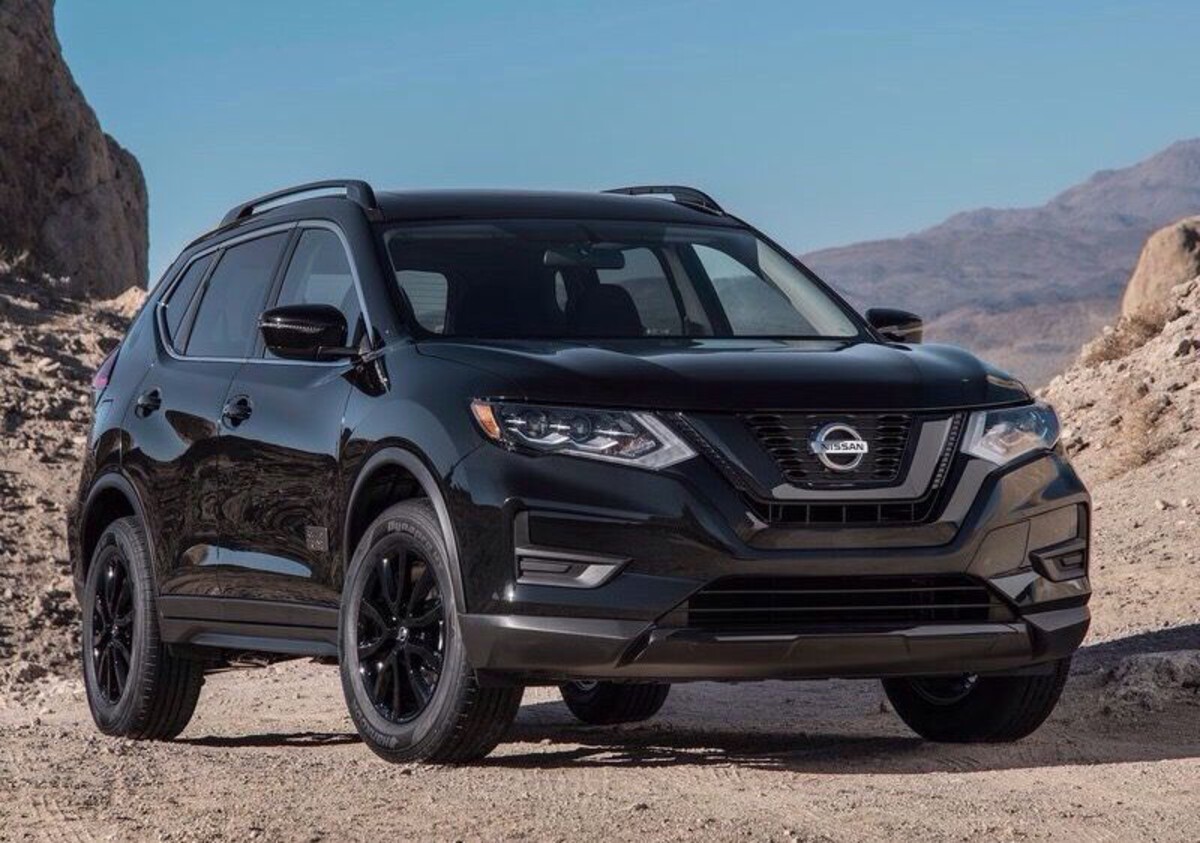
Worse, map updates are slow to arrive, and often require cumbersome USB-based installation methods or expensive dealership visits.
In an age where even entry-level smartphones offer flawless navigation, it’s baffling that a modern vehicle like the Rogue can ship with such unreliable in-dash tech.
For a car that’s otherwise sensible and well-suited to families or commuters, the navigation system feels like it belongs in a much older generation.
Until Nissan overhauls the underlying software and hardware of NissanConnect, the Rogue’s navigation will remain a source of frustration for drivers who expect modern convenience—not digital guesswork.
3. Ford Explorer
The Ford Explorer stands tall as a favorite among American SUVs, offering powerful engine options, spacious seating, and a confident road presence.
However, despite its popularity, the Explorer has struggled with a particularly irritating tech flaw—its SYNC 3 and SYNC 4 navigation systems are plagued by bugs, crashes, and poor user experience that drag down an otherwise capable vehicle.
Though SYNC 4, available in newer models, was marketed as a major upgrade over SYNC 3, many owners continue to report frequent system resets and black screens, particularly during navigation use.
You’ll be in the middle of routing through city traffic or trying to find your turn on a rural road, and suddenly the entire infotainment display goes dark—often requiring a full vehicle reboot.
In other cases, the GPS signal is inexplicably lost, causing the system to wander aimlessly, misplace your location, or endlessly search for signal despite clear skies and open roads.
The touchscreen interface itself, especially in base to mid-level trims, is far from intuitive. Menus are cluttered, transitions lag, and voice navigation frequently misinterprets even simple inputs.
“Navigate to the airport” might send you to a cargo depot 20 miles away, and re-entering destinations mid-drive becomes a frustrating task, especially with the system’s tendency to stutter or freeze.
While Apple CarPlay and Android Auto are available and functional, the underlying issue remains that Ford still markets SYNC navigation as a premium feature—and many buyers rely on it in areas without cell coverage or where mobile maps aren’t an option.
For them, the instability of Ford’s built-in system is a letdown. Real-time traffic information often fails to load or is significantly delayed, and the on-screen rerouting logic is sometimes inaccurate or incomplete.
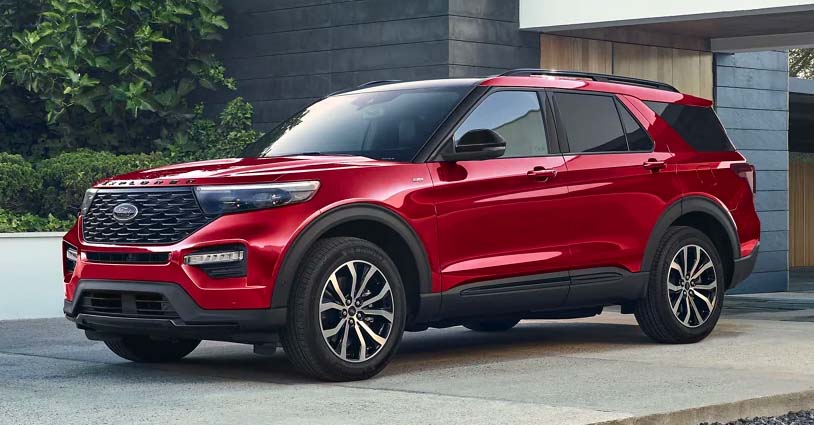
Moreover, Ford’s update process isn’t as seamless as some competitors. While over-the-air updates are technically possible, many users never receive them on time or encounter errors during installation, leaving bugs unresolved for months.
For a vehicle meant to handle everything from road trips to daily commutes, the Explorer’s navigation system is far too fragile to trust.
Until Ford delivers a system that’s as reliable as its drivetrain, many owners will be navigating more by memory and phone than by the screen in front of them.
4. Subaru Outback
The Subaru Outback is beloved for its rugged capability, standard all-wheel drive, and outdoorsy spirit. It’s a crossover built for exploration, and it sells that promise well—right up until you try to use its built-in navigation system.
Despite its reputation for reliability and practicality, the Outback has stumbled in one critical area: its Starlink infotainment system, especially the built-in TomTom navigation, has earned a reputation for being buggy, unresponsive, and crash-prone.
Owners across multiple model years—particularly 2020 to 2023—report that the navigation feature is frequently plagued by software freezes, lagging inputs, and complete screen blackouts.
The problems are most common during startup or long drives, when the system gets overwhelmed by simultaneous tasks such as Bluetooth streaming and navigation routing.
These freezes often require the driver to turn the car off and back on to restore functionality—clearly not a safe or practical solution mid-journey.
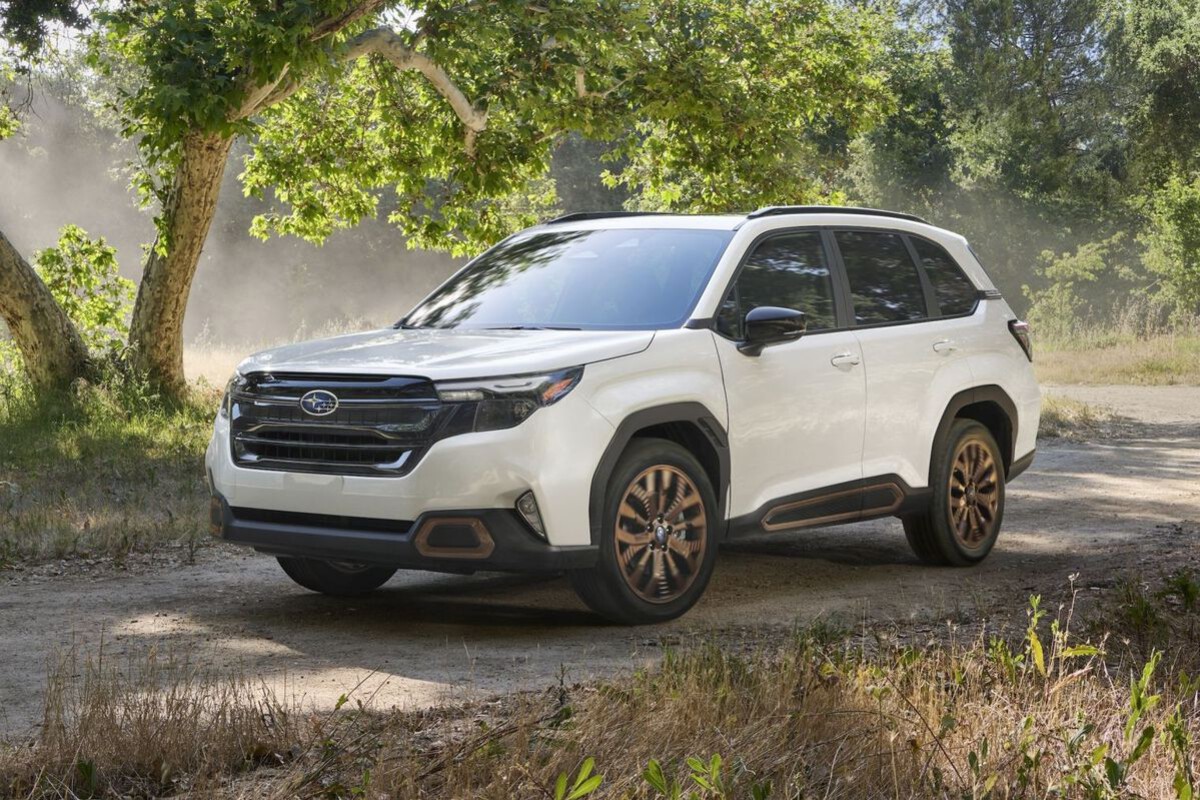
When it’s working, the navigation itself feels dated. Map graphics are basic, search functions are clunky, and routing isn’t always the smartest. Real-time traffic data is inconsistent, and route suggestions can be wildly off, sometimes adding unnecessary detours.
Worse still, the GPS signal has been known to cut out entirely, even in areas with open skies—unacceptable in a vehicle designed for remote adventures.
Voice commands for navigation are limited and often misinterpreted. Saying “Find nearest gas station” might trigger a fruitless search or an incorrect listing several towns over.
Manual address entry is also a slog, thanks to laggy keyboard response and poor auto-suggestion features.
Although Apple CarPlay and Android Auto are offered (wired, not wireless), and many owners turn to these platforms for help, the fact remains that Subaru pushes its native navigation system as a useful feature—especially in remote areas where phone signal is weak.
Ironically, it’s precisely in those places where TomTom fails hardest, leaving drivers with an off-road-ready vehicle and a navigation system that can’t be trusted past city limits.
Software updates have come slowly, with some bug fixes arriving months after mass complaints.
In a world where reliable navigation is more than a luxury, the Outback’s system feels stuck in a different decade—much to the frustration of drivers who expected better from a brand known for dependability.
5. Chevrolet Tahoe
The Chevrolet Tahoe is a commanding full-size SUV with plenty of muscle, space, and comfort—often a go-to for large families, long-distance travelers, and even law enforcement fleets.
But underneath its polished cabin and V8 power lies a serious digital flaw: its navigation system, run through Chevrolet’s Infotainment 3 Plus system, is far from dependable.
The issues start with basic functionality. Owners have reported that the system frequently lags or crashes during route guidance, with the screen either freezing or rebooting entirely without warning.
Some Tahoe drivers have noted the display randomly flickering while on a mapped route, only to go black before restarting itself—a particularly troubling experience when you’re relying on turn-by-turn directions through unfamiliar territory.
Even when it isn’t crashing outright, the Tahoe’s navigation has problems with GPS signal accuracy, often showing the vehicle on the wrong road, a parallel street, or rotating in circles at intersections.
This is especially problematic in urban areas with complex street grids or in rural regions with fewer landmarks. The resulting rerouting is erratic and can significantly disrupt a simple journey.
The touchscreen interface, though large and visually appealing, often doesn’t respond smoothly.
Inputting an address is a tedious process due to slow response times, and predictive search features are inconsistent, sometimes failing to suggest even well-known destinations.
Voice control fares no better. Commands are frequently misunderstood or simply fail to register, forcing drivers to pull over and resort to manual input.
Although the Tahoe supports Apple CarPlay and Android Auto, these systems are not foolproof substitutes, especially in areas without reliable cellular data.
Many drivers purchase higher trims of the Tahoe specifically for the promise of premium navigation tools—and are let down by their instability and poor software integration.
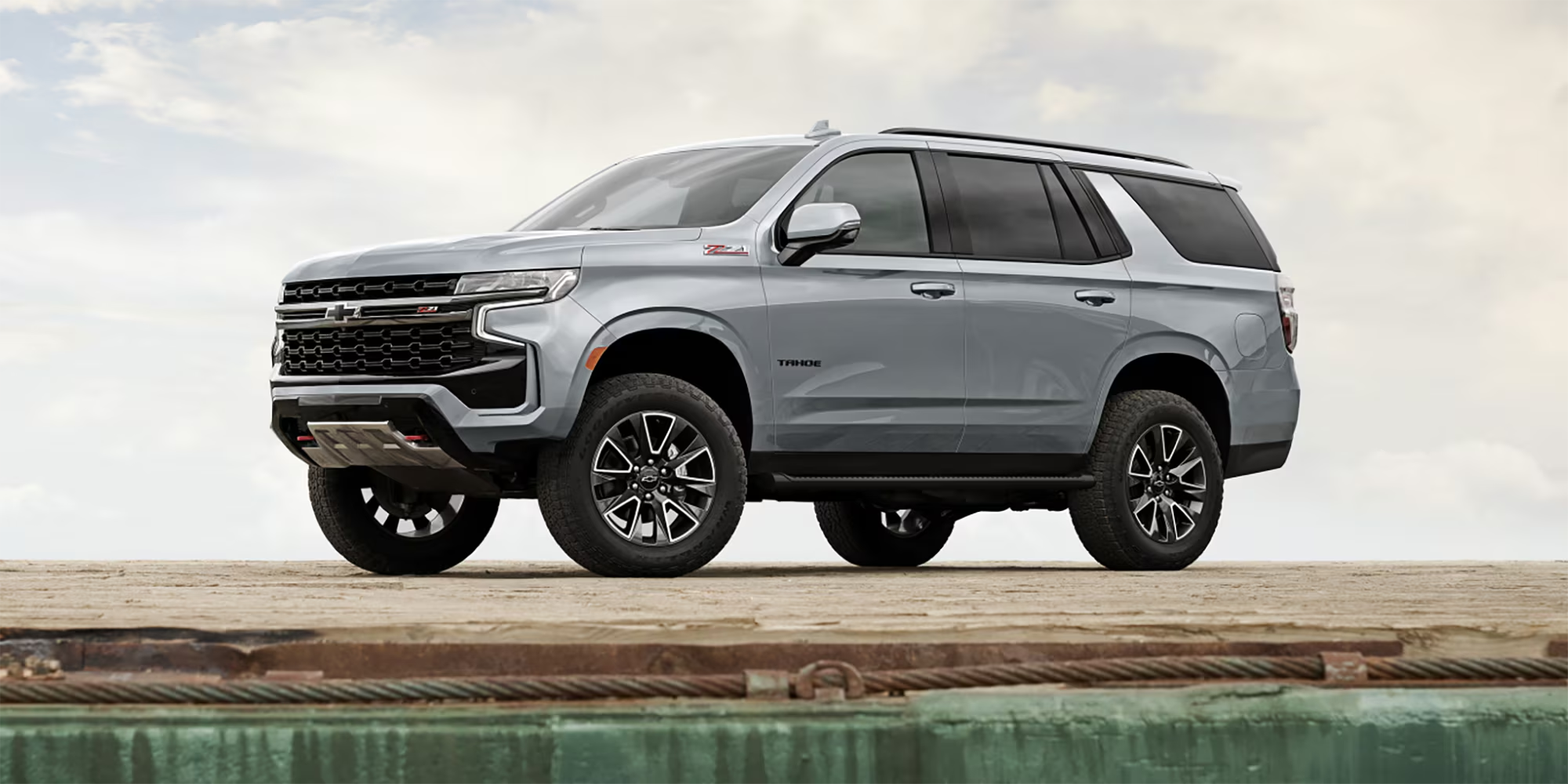
Another frustration is Chevrolet’s patchy software update schedule. While the Tahoe supports over-the-air updates, owners often complain that fixes are delayed or incomplete, leaving problems unresolved for extended periods.
In a vehicle designed for road trips and cross-country comfort, the navigation system should be a strong suit. But for the Tahoe, it’s a weak link—undermining an otherwise impressive SUV with a system that feels beta-tested at best, and broken at worst.
Also Read: 5 Cars With Anti-Theft Ratings Through the Roof and 5 That Are Sitting Ducks

